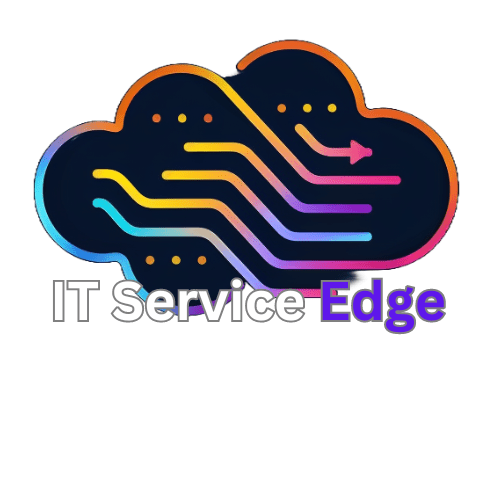In today’s digital age, efficient IT services are crucial for the success of any business. From ensuring smooth day-to-day operations to securing sensitive data, a robust IT infrastructure can significantly impact a company’s bottom line. This article outlines key strategies to optimize IT services and support business growth in Miami.
1. Conduct a Comprehensive IT Assessment
Start by evaluating your current IT environment. Identify strengths, weaknesses, and areas needing improvement. An IT assessment should include:
- Hardware and Software Inventory: Document all devices and applications.
- Network Analysis: Check network performance and security.
- User Feedback: Gather input from employees about IT-related challenges.
2. Develop a Strategic IT Plan
Based on the assessment, create a strategic IT plan aligned with your business goals. Consider:
- Scalability: Ensure your IT infrastructure can grow with your business.
- Budget: Allocate funds for upgrades, maintenance, and emergency repairs.
- Technology Trends: Stay updated with the latest IT trends and innovations.
3. Enhance Network Security
Cybersecurity is a top priority. Protect your business by implementing robust security measures:
- Firewalls and Antivirus Software: Install and regularly update.
- Regular Audits: Conduct security audits to identify vulnerabilities.
- Employee Training: Educate staff on cybersecurity best practices.
4. Implement Cloud Solutions
Cloud computing offers flexibility, scalability, and cost savings. Benefits include:
- Remote Access: Employees can work from anywhere.
- Data Backup and Recovery: Ensure business continuity in case of data loss.
- Resource Management: Easily scale resources up or down as needed.
5. Optimize IT Support Services
Reliable IT support is essential for minimizing downtime. Optimize support by:
- Helpdesk System: Implement a ticketing system to manage IT requests in Miami.
- Proactive Monitoring: Use tools to monitor IT systems in Miami and prevent issues before they occur.
- SLA Agreements: Define service level agreements with response and resolution times.
6. Embrace Automation and AI
Leverage automation and artificial intelligence to streamline operations:
- Automated Processes: Use scripts and software to automate repetitive tasks.
- AI-Driven Insights: Employ AI for data analysis and decision-making.
- Chatbots: Implement chatbots for 24/7 customer and employee support.
7. Regularly Update and Maintain Systems
Keep your IT environment up-to-date with regular maintenance:
- Software Updates: Ensure all applications are current.
- Hardware Maintenance: Regularly check and service hardware components.
- Patch Management: Apply security patches promptly.
8. Invest in Employee Training
An informed workforce is key to effective IT usage:
- Training Programs: Offer regular IT training sessions.
- Documentation: Provide manuals and guides for common IT tasks.
- Support Channels: Establish clear channels for IT assistance.
9. Utilize Data Analytics
Data analytics can drive business decisions and improve IT operations:
- Performance Metrics: Monitor IT performance through analytics.
- User Behavior: Analyze user behavior to identify needs and trends.
- Resource Allocation: Optimize resource allocation based on data insights.
10. Plan for Disaster Recovery
Prepare for potential IT disasters with a robust recovery plan:
- Backup Solutions: Regularly back up all critical data.
- Recovery Procedures: Establish clear procedures for data recovery.
- Testing: Periodically test the disaster recovery plan to ensure effectiveness.
Conclusion
Optimizing IT services is an ongoing process that requires regular evaluation, planning, and adaptation. By following these strategies, businesses can ensure their IT infrastructure supports their objectives, enhances productivity, and secures data against potential threats. Investing in IT optimization not only boosts efficiency but also provides a competitive edge in the fast-paced digital landscape.

0 Comments